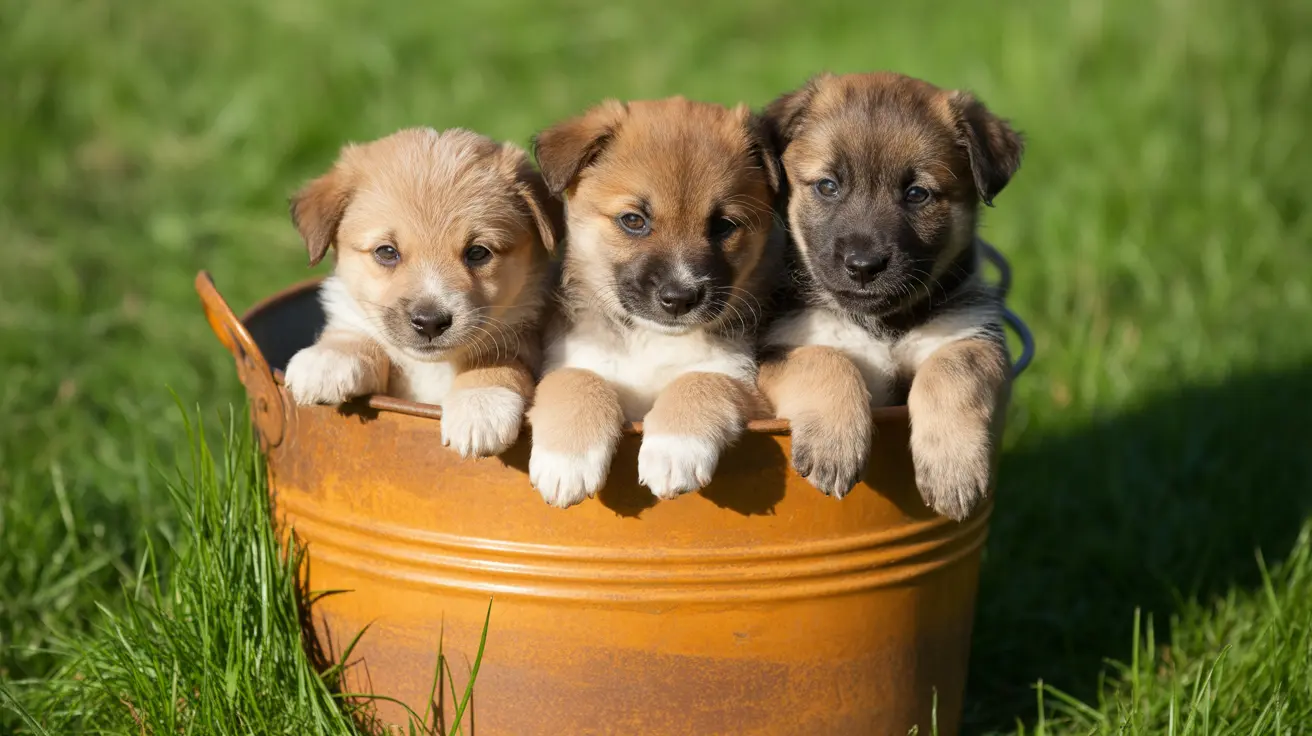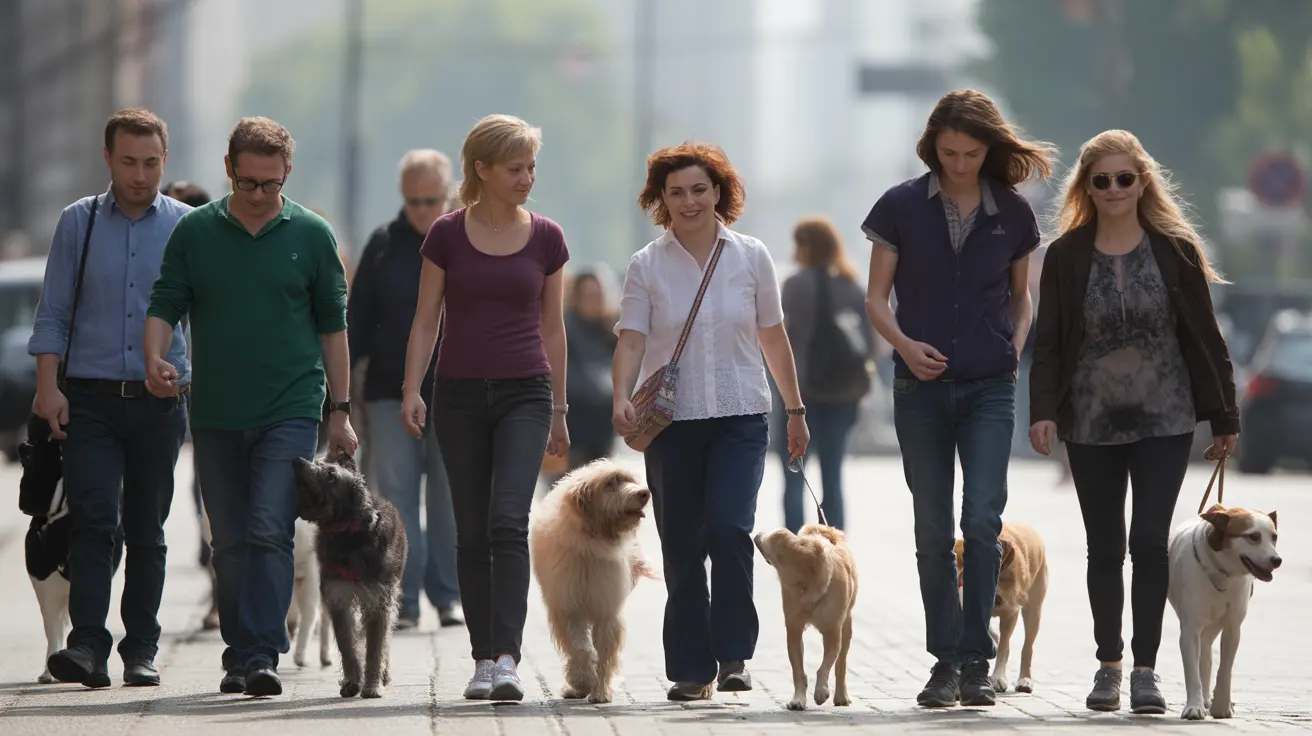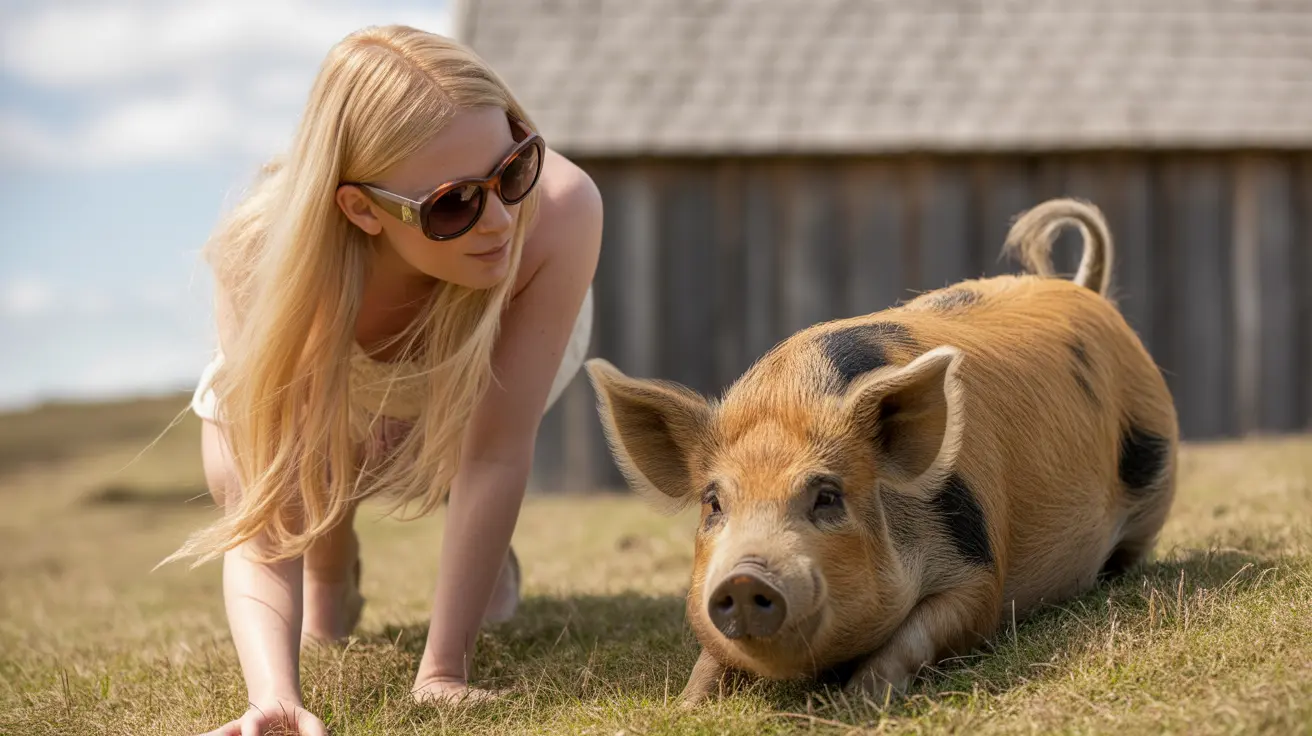Should You Brush Out Dog Dandruff? What Every Pet Owner Should Know
Dog dandruff, characterized by flakes of dead skin on your pet’s coat, can be alarming if you're unfamiliar with it. Fortunately, there are effective ways to manage and prevent it—and brushing is one of them.
Understanding Dog Dandruff
Much like in humans, dogs can experience dandruff due to an imbalance in skin oils. This condition, medically termed seborrhea, can be classified as either dry (seborrhea sicca) or oily seborrhea. The most common area where dandruff is noticeable is the back near the tail.
Common Causes of Dog Dandruff
- Dry Air: Homes with central heating during winter months can dry out a dog’s skin.
- Poor Nutrition: Deficiencies in omega-3 and omega-6 fatty acids, along with vitamins and minerals, contribute to flakiness.
- Parasites: Cheyletiella mites, known as 'Walking Dandruff,' are contagious and require veterinary treatment.
- Infections: Bacterial and fungal infections can worsen dandruff symptoms.
- Allergies: Both food and environmental allergies can result in flaking and skin irritation.
- Underlying Medical Conditions: Issues like Cushing's disease or hypothyroidism affect sebum production and skin health.
- Genetics: Certain breeds like Basset Hounds or Cocker Spaniels are genetically predisposed to flaky skin.
Symptoms to Watch For
- Persistent itchiness
- Skin redness or irritation
- Hair or fur loss
- Bad skin odor
- Excessive licking, scratching, or biting
- Lethargy and general discomfort
If your dog shows any of these signs or their condition worsens, a veterinary visit is essential for a full diagnosis and treatment plan.
Importance of Brushing
Brushing is a vital component of managing and reducing dog dandruff. Here's why:
- Removes Loose Flakes: Brushing physically removes dead skin cells from the coat, improving appearance and hygiene.
- Distributes Natural Oils: Brushing helps spread the skin’s natural oils across the coat, enhancing hydration and skin health.
- Promotes Circulation: Gentle brushing stimulates blood flow to the skin’s surface, aiding in skin renewal.
- Detection Tool: Regular grooming allows owners to notice changes in skin condition early, making timely veterinary intervention possible.
Tips for Effective Brushing
- Use the right brush suited to your dog's coat type (slicker brush for long-haired breeds, rubber curry brushes for short-haired breeds).
- Brush gently but thoroughly to avoid irritating the skin.
- Implement a consistent grooming routine, ideally several times a week for long-haired breeds.
Other Ways to Combat Dog Dandruff
- Moisturizing Baths: Use gentle, dog-formulated shampoos with ingredients like oatmeal or aloe vera. Avoid human products, which can be harmful to dogs.
- Improve Diet: A well-balanced diet rich in essential fatty acids is crucial. Consider supplements like fish oil after consulting your vet.
- Use a Humidifier: Adds moisture to dry air, significantly benefiting dogs in arid indoor environments.
- Allergy Management: Identify and mitigate sources of allergies, possibly through specialized diets and medications.
- Parasite Control: Use vet-recommended preventives for fleas, mites, and ticks. Clean bedding and living areas thoroughly if infestation occurs.
- Address Infections: Bacterial or fungal causes may require medicated shampoos or oral medication prescribed by a vet.
Breeds Prone to Dandruff
Although dandruff can affect any dog, medium-to-long haired breeds such as Golden Retrievers, Labrador Retrievers, Yorkshire Terriers, and Cocker Spaniels are often more vulnerable due to genetic predispositions to skin conditions.
When to Seek Veterinary Care
If dandruff persists despite home care or is accompanied by other symptoms like fatigue, weight loss, or behavioral changes, it’s time to consult a veterinarian. Diagnostics may include:
- Physical examination
- Skin scrapings
- Blood tests for underlying conditions
- Diet and allergy assessments
Conclusion
Brushing out dog dandruff is a simple yet essential step in maintaining canine skin health. Combined with proper diet, hydration, hygiene, and, when needed, medical care, brushing can significantly reduce dandruff and make your dog’s coat healthier and shinier. Always consult your vet for persistent or severe cases.





